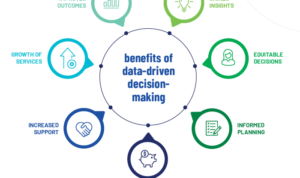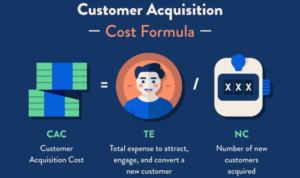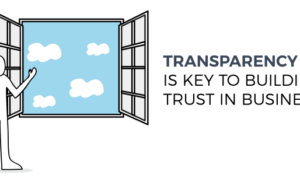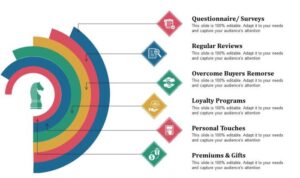Designing Customer Loyalty Programs takes center stage, inviting readers into a world of business strategies and customer connections that are essential for success. Get ready to dive into the realm of loyalty programs and their impact on businesses of all kinds.
Overview of Customer Loyalty Programs
Customer loyalty programs are strategies implemented by businesses to encourage customers to continue purchasing their products or services. These programs are designed to reward loyal customers for their repeat business, ultimately fostering long-term relationships and increasing customer retention rates. By offering incentives, discounts, or exclusive offers, businesses can create a sense of value and appreciation for their customers, leading to increased brand loyalty and customer satisfaction.
Benefits of Customer Loyalty Programs
- Increased Customer Retention: By rewarding loyal customers, businesses can increase customer retention rates and reduce churn.
- Boost in Sales: Loyal customers are more likely to make repeat purchases and spend more money, leading to increased sales and revenue.
- Brand Loyalty: Customer loyalty programs help build strong relationships between customers and brands, fostering brand loyalty and advocacy.
- Data Collection: These programs provide valuable data on customer behavior and preferences, allowing businesses to tailor their marketing strategies accordingly.
Examples of Successful Customer Loyalty Programs
- Starbucks Rewards: Starbucks offers a loyalty program where customers earn stars for every purchase, which can be redeemed for free drinks or food items.
- Amazon Prime: Amazon’s subscription-based loyalty program offers members free shipping, exclusive deals, and access to streaming services.
- Sephora Beauty Insider: Sephora’s loyalty program rewards members with points that can be redeemed for beauty products, birthday gifts, and VIP experiences.
Types of Customer Loyalty Programs
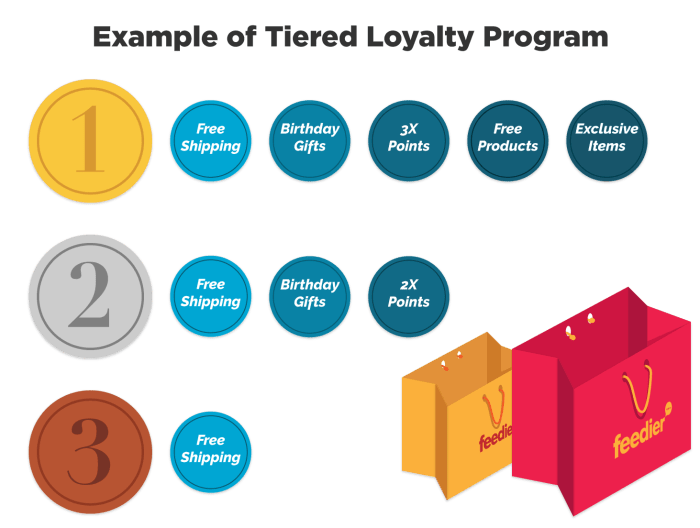
Customer loyalty programs come in various forms, each with its own unique approach to rewarding and retaining customers. Let’s explore some of the most common types and compare their effectiveness.
Points-Based Loyalty Programs
Points-based loyalty programs are perhaps the most widely recognized type. Customers earn points for purchases or other actions, which can then be redeemed for rewards. These programs are effective in encouraging repeat purchases and fostering customer engagement. An example of a company using a points-based loyalty program is Starbucks Rewards, where customers earn stars for every purchase towards free drinks and food items.
Tiered Loyalty Programs
Tiered loyalty programs segment customers into different levels based on their spending or engagement with the brand. As customers move up tiers, they unlock more exclusive rewards and perks. This type of program is effective in incentivizing customers to increase their spending to reach the next tier. An example is Sephora’s Beauty Insider program, which offers different tiers with increasing benefits like free makeovers and exclusive events.
Paid Loyalty Programs
Some companies offer paid loyalty programs where customers pay a fee to access premium benefits and rewards. While this may seem counterintuitive, these programs can be effective in creating a sense of exclusivity and VIP treatment for members. Amazon Prime is a prime example of a paid loyalty program that offers benefits like free shipping, streaming services, and exclusive deals for a membership fee.
Coalition Loyalty Programs
Coalition loyalty programs involve partnering with other businesses to offer customers a wider range of earning and redemption options. This type of program can be effective in reaching a larger customer base and providing more value to participants. An example is the Plenti program, which allows customers to earn points at multiple retailers and redeem them for discounts across different businesses.
Designing a Customer Loyalty Program
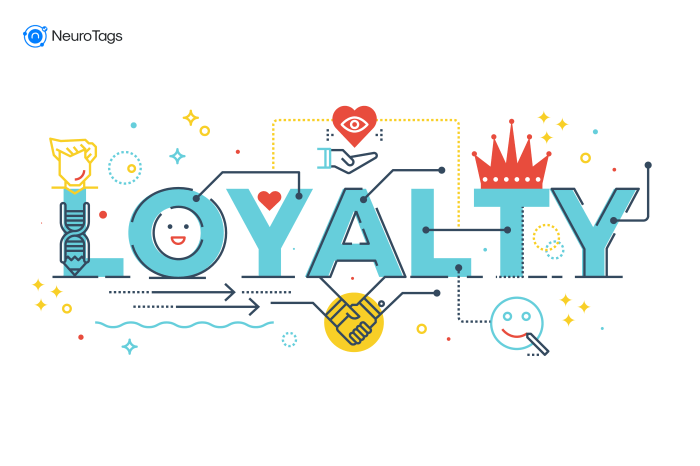
Creating a successful customer loyalty program requires careful planning and consideration of various factors. By setting clear objectives and goals, as well as offering attractive rewards and incentives, businesses can effectively engage and retain their customers.
Key Factors to Consider
- Understand your target audience: Tailor the loyalty program to meet the needs and preferences of your specific customer base.
- Define clear objectives: Determine what you want to achieve with the loyalty program, whether it’s increasing customer retention, driving sales, or boosting brand loyalty.
- Choose the right rewards: Offer rewards that are valuable and relevant to your customers, such as discounts, exclusive offers, or free gifts.
- Ensure simplicity and ease of participation: Make it easy for customers to join and engage with the loyalty program to maximize participation rates.
- Track and analyze data: Use customer data and feedback to continuously improve and optimize the loyalty program for better results.
Setting Clear Objectives and Goals
- Define specific targets: Establish measurable goals, such as increasing repeat purchases by 20% or improving customer retention rates by 15%.
- Align with business objectives: Ensure that the loyalty program supports the overall business strategy and contributes to long-term growth and success.
- Communicate goals effectively: Clearly communicate the objectives and benefits of the loyalty program to customers to encourage participation and engagement.
Creating Attractive Rewards and Incentives
- Offer personalized rewards: Tailor rewards based on customer preferences and behavior to increase relevance and appeal.
- Provide tiered rewards: Implement a tiered loyalty program with different levels of rewards based on customer loyalty and engagement.
- Include experiential rewards: Offer unique experiences or exclusive access to events to create memorable moments for customers.
- Promote exclusivity: Create a sense of exclusivity and value for loyalty program members through special perks and benefits.
- Encourage engagement: Reward customers for various actions beyond purchases, such as social media interactions, referrals, and reviews.
Implementing and Managing Customer Loyalty Programs: Designing Customer Loyalty Programs
When it comes to implementing and managing customer loyalty programs, there are several key steps to consider in order to ensure the success and effectiveness of the program.
Steps in Implementing a Customer Loyalty Program, Designing Customer Loyalty Programs
- Define program goals and objectives clearly.
- Identify target customers and segments.
- Design a rewards structure that aligns with customer preferences.
- Implement a system for tracking and rewarding customer behavior.
Tracking and analyzing customer data is crucial for effective program management. By monitoring customer interactions, purchases, and engagement with the program, businesses can gain valuable insights to optimize their loyalty initiatives and tailor rewards to meet customer needs.
Importance of Tracking and Analyzing Customer Data
-
Customer data analysis allows businesses to personalize offers and rewards based on individual preferences, increasing customer satisfaction and loyalty.
-
Tracking customer behavior helps in identifying trends and patterns, enabling businesses to make informed decisions to improve the program’s performance.
Engaging customers is essential for maintaining program effectiveness. By communicating the benefits of the loyalty program, providing excellent customer service, and offering exclusive perks, businesses can foster long-term relationships with their customers and drive loyalty.
Best Practices for Engaging Customers
- Regularly communicate program updates and promotions through various channels.
- Seek feedback from customers to understand their preferences and improve the program accordingly.
- Reward loyal customers with personalized offers and surprises to show appreciation.
